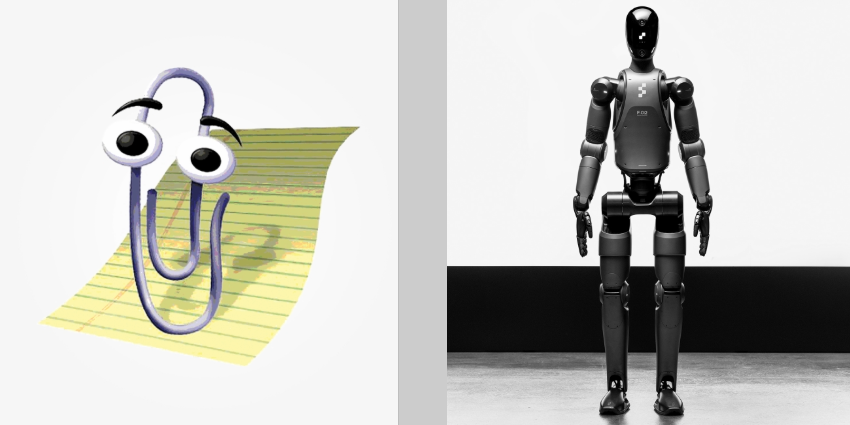In recent weeks, social media feeds have been flooded with miniature plastic versions of ourselves—action figures complete with packaging and accessories representing our hobbies and interests.
From celebrities with personalized accessories to everyday users with tools of their trade, these hyper-realistic AI-generated toys have captivated users across platforms.
But beneath the playful allure of this latest viral phenomenon lies a complex web of environmental costs, ethical concerns, and questions about our technological priorities.
The Joy of Digital Self-Expression
The appeal is obvious: seeing ourselves reimagined as collectible toys taps into nostalgia while satisfying our desire for novel forms of self-expression. As a fitness trainer from Toronto put it: “It’s kind of cool to see yourself reflected in a cartoon form. I think we’re looking at other ways to see ourselves in the world we live in, which is very much online.”
Yet behind each whimsically packaged digital doll lies a significant environmental footprint.
Research suggests that AI image generation consumes at least twice as much energy as text generation, which itself uses 20-30 times more energy than a traditional search.
According to the International Energy Agency, energy use from data centers, including AI applications, is predicted to double over the next five years to 3% of global energy consumption.
UK tech mogul Mel Morris puts it bluntly:
The LinkedIn action figure trend and its demand on GPUs is obviously unsustainable. GPUs aren’t infinite. They come at a carbon cost, and this kind of casual overuse shows how disconnected we’ve become from the true costs associated with these tools.
The Creative Economy in Question
As users rush to create their plastic doppelgängers, many artists view the trend with mounting concern. Several illustrators have responded by posting hand-drawn versions of action figures, explicitly labeling them as “HUMAN MADE.”
These concerns aren’t just theoretical. Each viral AI image trend reinforces consumer comfort with AI-generated content, potentially reducing demand for human-created illustrations and designs. Behind the fun is a more serious question about the future of creative work in an AI-saturated market.
As ease of generation increases, will quality suffer, what about uniqueness?
Professor Gina Neff of Queen Mary University London highlights this concern:
ChatGPT Barbie represents a triple threat to our privacy, our culture and our planet. While the personalisation might feel nice, these systems are putting brands and characters into a blender with no responsibility for the slop that emerges.
Distraction from Deeper Possibilities
Some technologists worry that these entertaining but ultimately superficial uses of AI distract from both its more valuable applications and its more serious risks.
The BBC’s technology editor Zoe Kleinman, who tested the trend herself, concluded:
Somewhere in a data centre some hot computer servers were toiling away to make Action Figure Zoe. They almost certainly could have been put to work on worthier causes.
The Paradox of Participation
Perhaps the most revealing aspect of the action figure trend is the paradox it presents to participants.
Many users acknowledge the environmental costs, creative economy concerns, or dystopian implications of widespread AI use – yet still participate. This contradiction captures our broader relationship with digital technologies: we often recognize their problematic aspects while continuing to embrace them.
As we create our digital action figures, we face a crucial opportunity to shape AI’s future – directing its impressive creative power toward sustainable practices and meaningful applications while being mindful of its resource demands.
The question isn’t whether to embrace these technologies, but how to ensure they enhance our creative landscape rather than simply packaging us as the next fleeting digital collectible.







